Knifeleaf Tree Care – Learn How To Grow Knifeleaf Acacia Trees
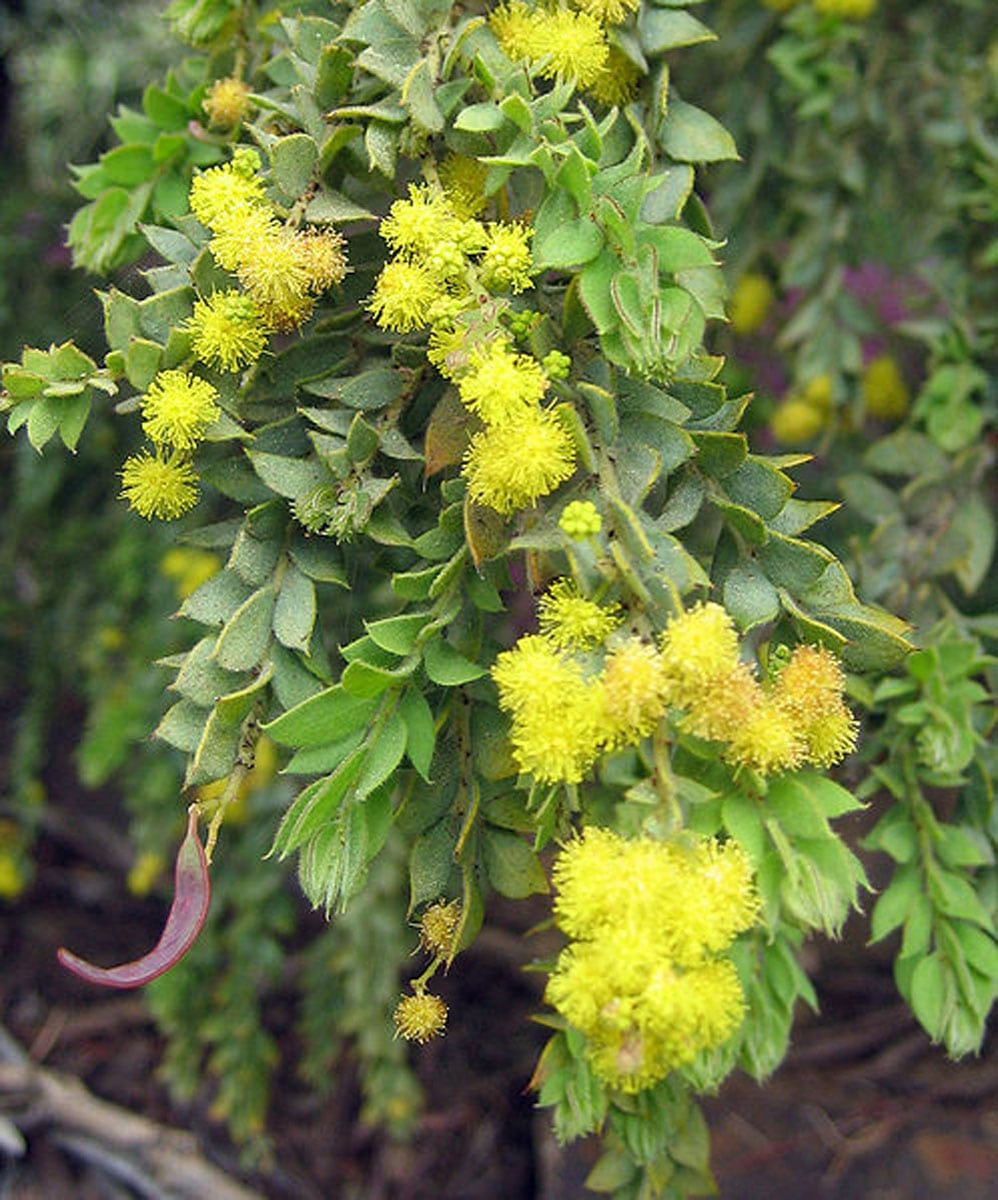

Acacias are one of the wonders of the savannah. In Australia, these magnificent plants are called "wattle" and Knifeleaf acacia trees are an outstanding example of native flora. It is such an attractive plant that many gardeners are growing Knifeleaf wattle as an ornamental. Some background on the tree will help you decide if the plant is right for your landscape.
What is a Knifeleaf Acacia?
Scented blooms; lovely, blue-green leaves; and statuesque appeal characterize Knifeleaf acacia (Acacia cultriformis). What is a Knifeleaf acacia? It is an arid, warm zone plant in the legume family that can fix nitrogen in soil. Additionally, the trees are easy to grow, have lasting appeal and Knifeleaf tree care is uncomplicated in appropriate sites. Knifeleaf acacia is a small tree or bush that can achieve between 10 and 20 feet (3 to 6 m.) in height with a rounded to vase-like form. The name for the plant comes from the pointed leaves, which resemble the blade on a small dagger. Actually, the leaves are technically modified foliage called phyllodes. It has numerous branches decorated with dark brown bark. The flowers are fragrant, bright yellow and look a bit like tiny pompoms. As a legume, acacia produces pods that are 1.5 inches (4 cm.) long and become dry and leathery over time.
How to Grow Knifeleaf Acacia
The plant is suitable for USDA zones 9 to 10. It needs full sun in clay, sand, or loam and tolerates either slightly alkaline or acidic soils. The key element is that the soil drains very well, as the plants are not tolerant of soggy roots for long periods. In fact, this is a very drought tolerant plant once established. Gardeners with deer problems might try growing Knifeleaf wattle, as it is not on those browsers' menu. Knifeleaf acacia trees grow slowly and can survive for up to 50 years. The fruit may become a nuisance, but they are very ornamental when attached to the tree.
Knifeleaf Tree Care
This is a very uncomplicated plant. Young trees will need supplemental water until they establish a good root zone. Thereafter, water plants during the hottest periods but allow the soil to dry out before irrigating anew. They do not need much fertilizer, as they draw nitrogen from the air and store it in their roots. Knifeleaf acacia doesn't need pruning either but is tolerant of some trimming to keep it in a tidy habit and out of the way of paths. It makes an interesting screen or hedge and has several seasons of interest, making it well worth growing in arid, warm areas. As an added bonus, birds and pollinators are very attracted to the flowers and fruits.
Gardening tips, videos, info and more delivered right to your inbox!
Sign up for the Gardening Know How newsletter today and receive a free copy of our e-book "How to Grow Delicious Tomatoes".

Bonnie Grant is a professional landscaper with a Certification in Urban Gardening. She has been gardening and writing for 15 years. A former professional chef, she has a passion for edible landscaping.
-
 Looking For Plants To Give You The Soft And Fuzzies? Try These 5 Fuzzy Leaf Plant Options
Looking For Plants To Give You The Soft And Fuzzies? Try These 5 Fuzzy Leaf Plant OptionsLovers of texture, drama, silver foliage and tactile plants will adore these special sensory garden additions. These fuzzy leaf plant options will leave you all aglow
By Susan Albert
-
 Get Ready For A Summer Of Hummers! Grow These Full Sun Hummingbird Plants and Flowers
Get Ready For A Summer Of Hummers! Grow These Full Sun Hummingbird Plants and FlowersIf you’re lucky enough to enjoy a sunny backyard, make sure you are maxing out on your pollinator opportunities and grow these full sun hummingbird plants and flowers
By Tonya Barnett
-
 Catclaw Acacia Facts: What Is A Catclaw Acacia Tree
Catclaw Acacia Facts: What Is A Catclaw Acacia TreeLooking for a small tree or large shrub that grows primarily along streambanks and washes, and in chaparral? Learn about catclaw acacia here.
By Mary H. Dyer
-
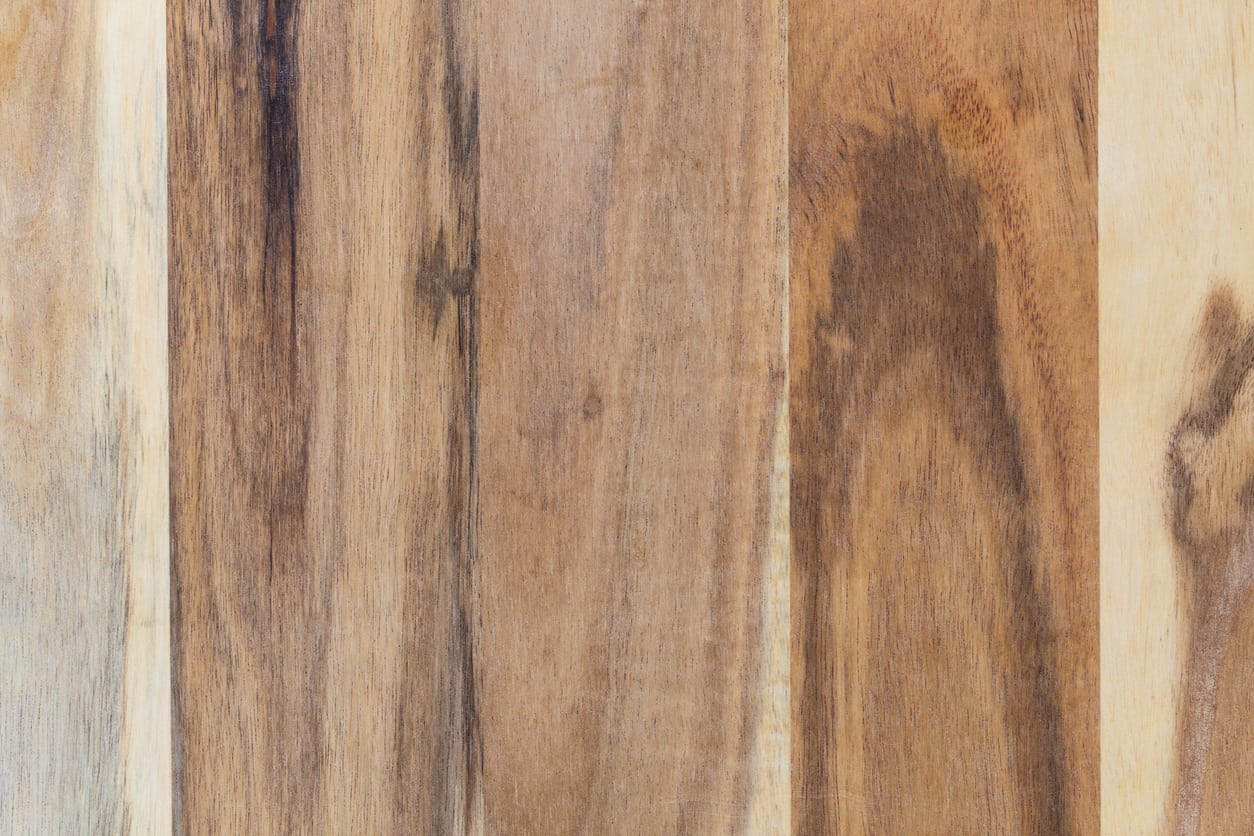 Wood From Acacia Trees: What Is Acacia Wood Used For
Wood From Acacia Trees: What Is Acacia Wood Used ForWood from acacia trees has been used by the Aboriginal people of Australia for centuries and is still in use. What is acacia wood used for? Acacia wood has many uses. The following article contains information on acacia wood uses and more.
By Amy Grant
-
 What Is A Bailey Acacia Tree – Tips For Growing A Bailey Acacia Tree
What Is A Bailey Acacia Tree – Tips For Growing A Bailey Acacia TreeThe Bailey acacia tree produces many pods filled with seed. It is a nitrogen fixing member of the pea family and can help improve soil. Here are some tips on growing a Bailey acacia so you can harness its benefits for your landscape and home.
By Bonnie L. Grant
-
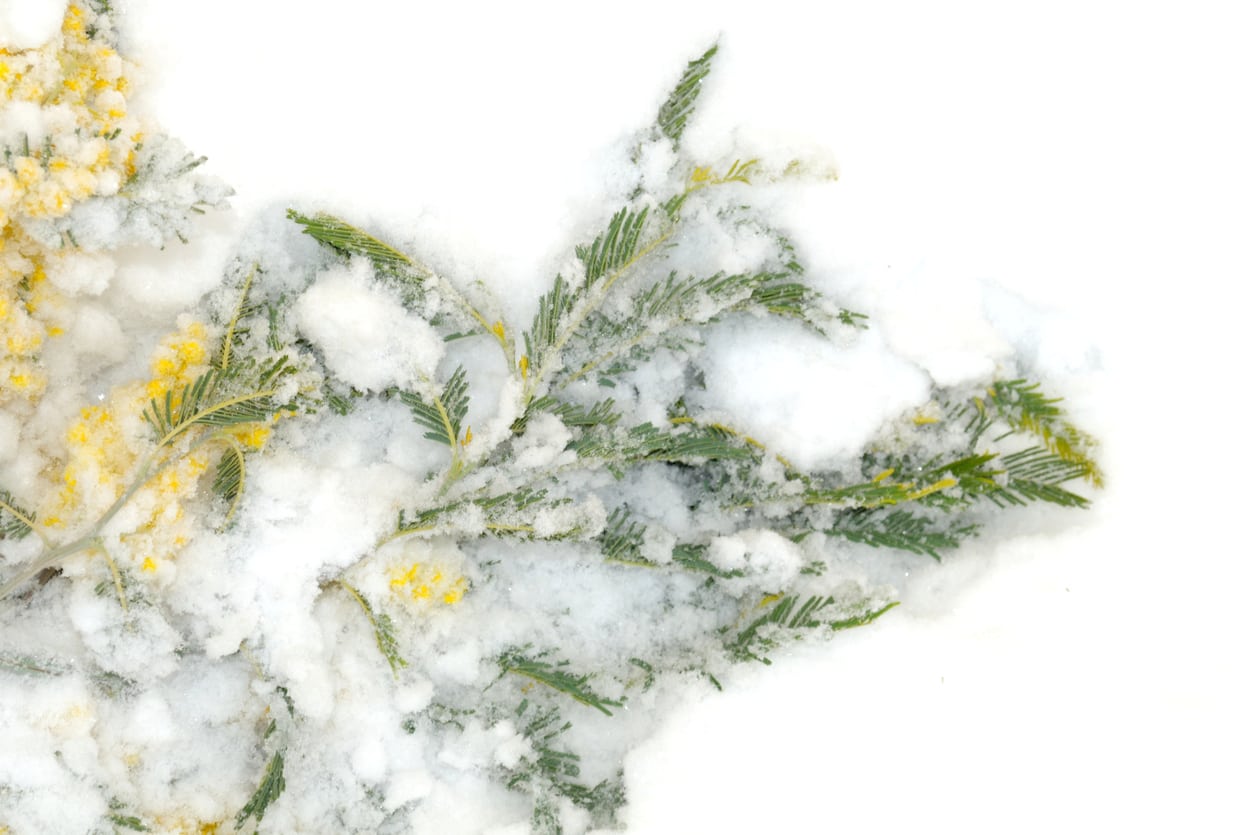 Acacia Winter Care: Can You Grow Acacias In Winter
Acacia Winter Care: Can You Grow Acacias In WinterCan you grow acacias in winter? The answer depends on your growing zone and the type of acacia you hope to grow. Learn more about hardy acacias and cold weather in this article. Click here for additional information.
By Mary H. Dyer
-
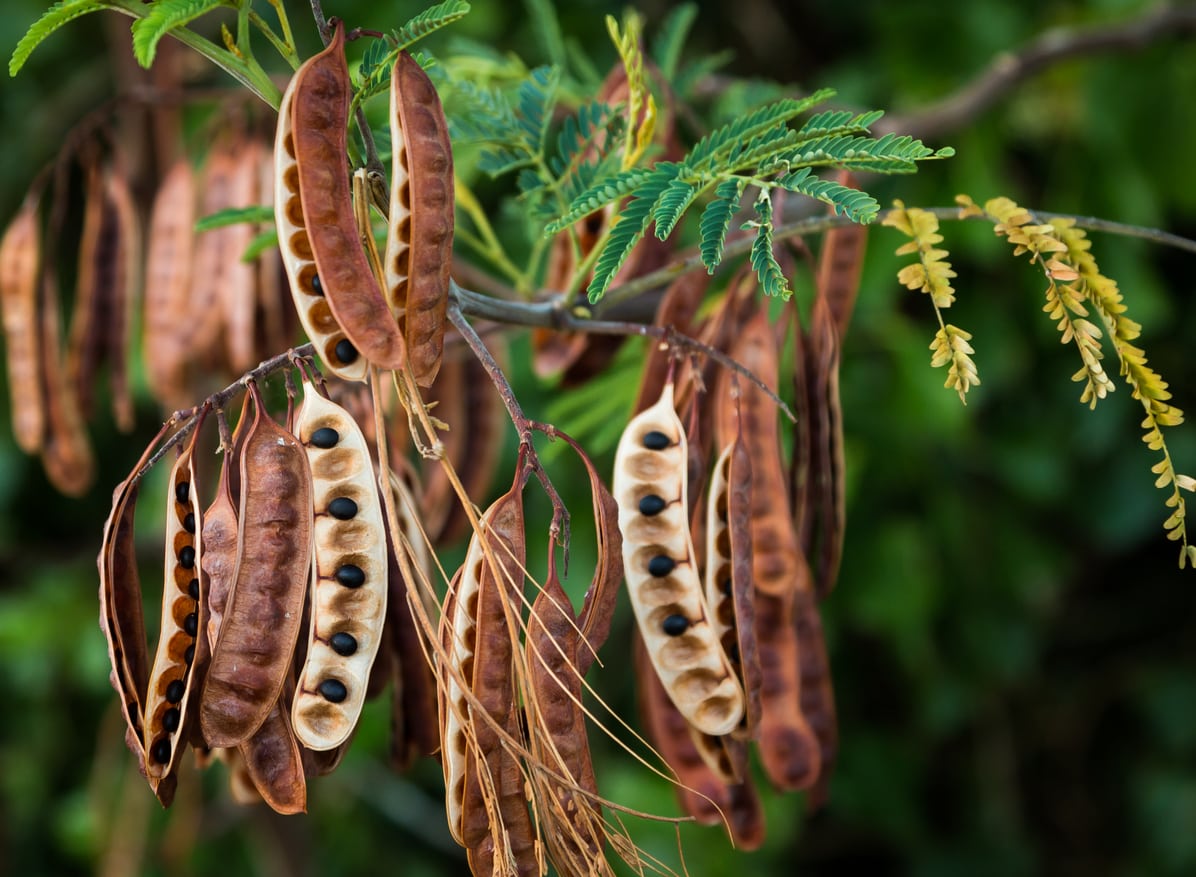 Propagating Acacia Trees – Learn How To Grow New Acacia Trees
Propagating Acacia Trees – Learn How To Grow New Acacia TreesWhile there is a lot of variety within the genus, acacias tend to be attractive, with beautiful yellow or white flowers and, in some cases, impressive thorns. But what do you do if you want more acacias in your life? Click here to learn more about acacia reproduction.
By Liz Baessler
-
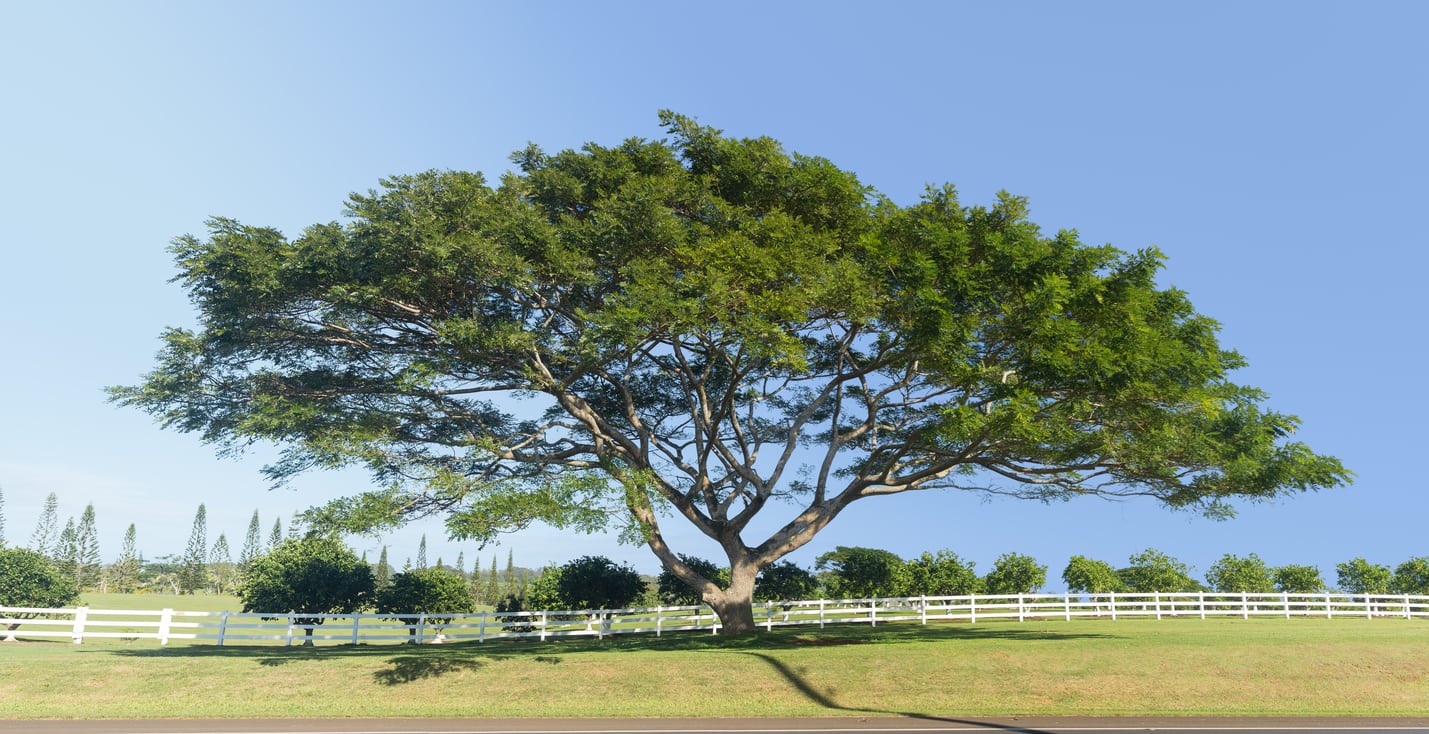 Acacia Koa Information And Care: Where Do Acacia Koa Trees Grow
Acacia Koa Information And Care: Where Do Acacia Koa Trees GrowGrowing a koa tree should only be attempted where the conditions are right, namely those of Hawaii, its native area. These are beautiful shade trees that do best in their natural habitat but can be grown to a shorter lifespan and smaller size. Click here for more info.
By Mary Ellen Ellis
-
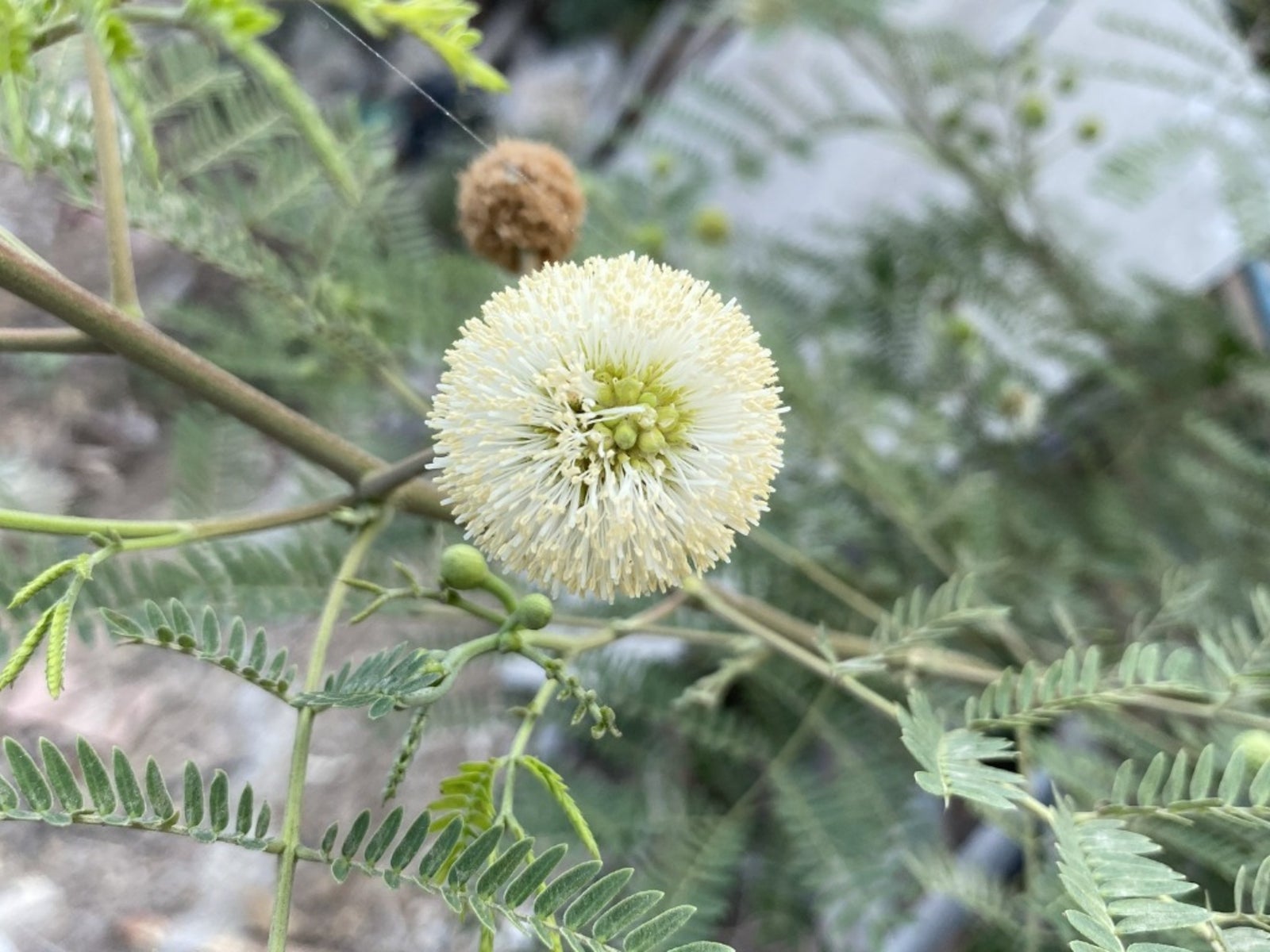 Guajillo Acacia Info – Tips For Growing A Texas Acacia Shrub Or Tree
Guajillo Acacia Info – Tips For Growing A Texas Acacia Shrub Or TreeThe guajillo acacia shrub is drought-tolerant and native to Texas, Arizona, and the rest of the Southwest. It is a great choice in landscapes and gardens for ornamental purposes and to screen areas or attract pollinators. Learn more about it in this article.
By Mary Ellen Ellis
-
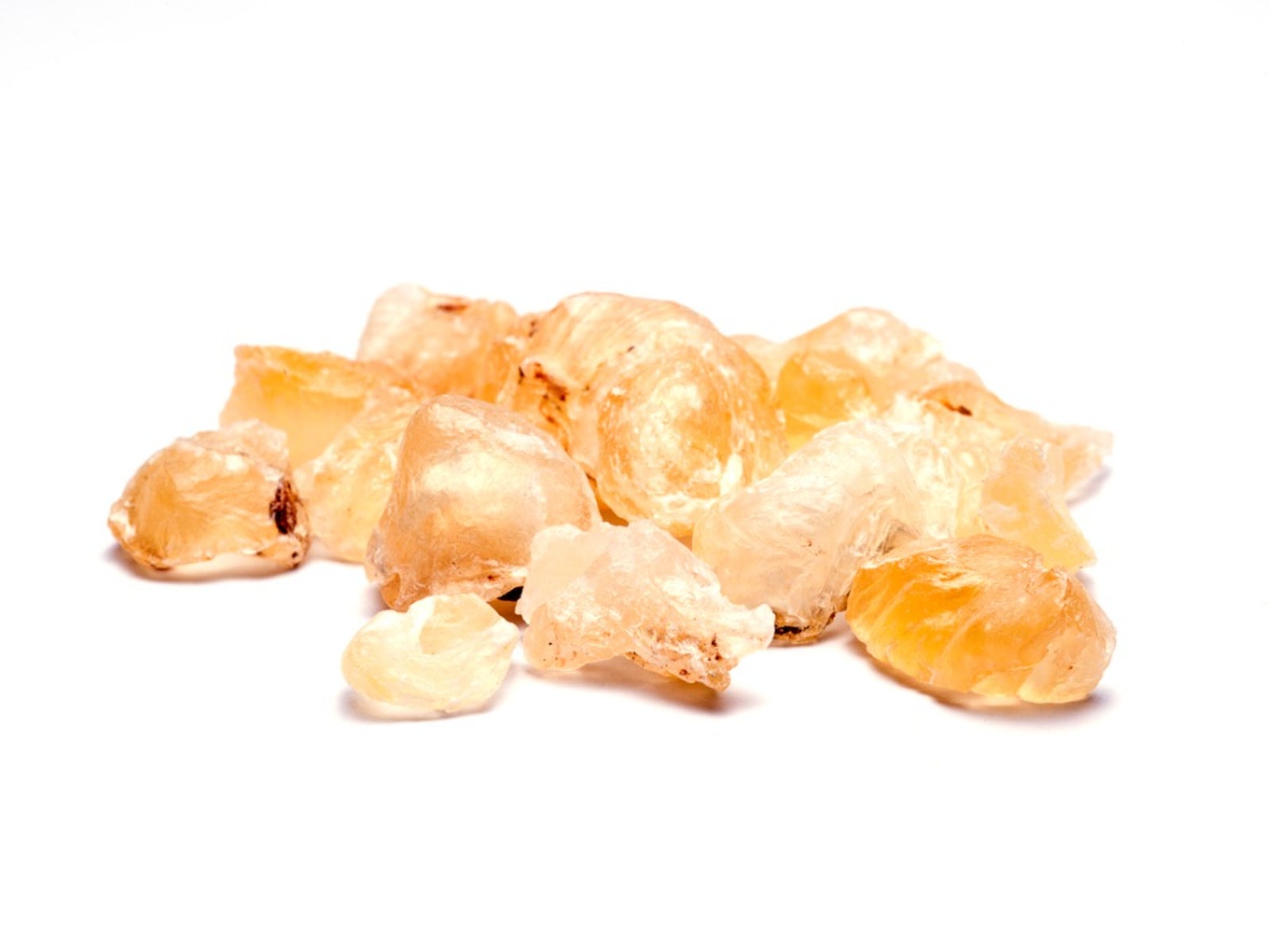 What Is Acacia Gum: Acacia Gum Uses And History
What Is Acacia Gum: Acacia Gum Uses And HistoryYou may have seen the words "acacia gum" on some of your food labels. Where does acacia gum come from? Trees found in tropical Africa. Acacia gum has a long history of natural use and is now easy to find in natural health stores around the world. Click here for more info.
By Bonnie L. Grant